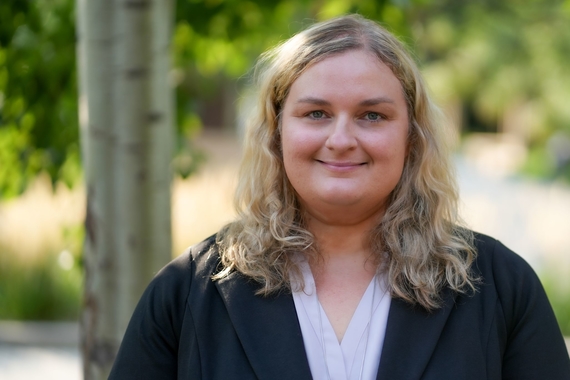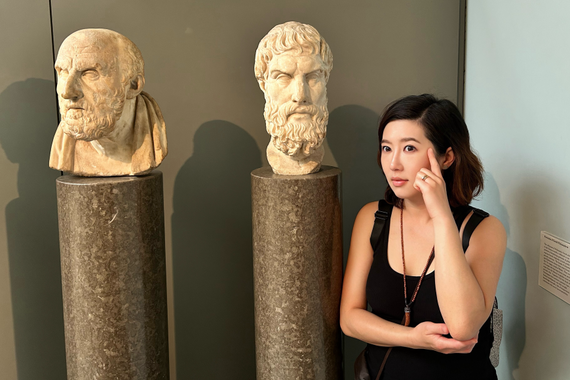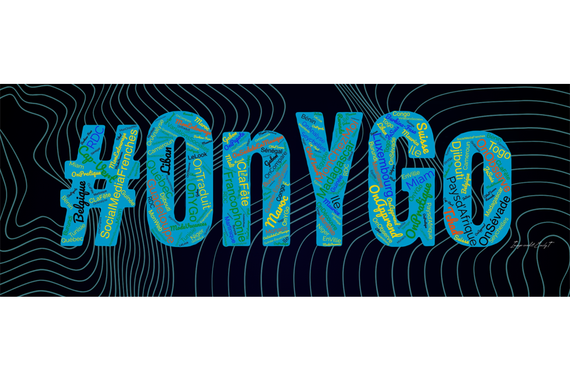Is That What I Really Look and Sound Like?
Language Success Story
After teaching a Zoom session of my new 3xxx-level German course on Monday, I was disappointed in my ability to form coherent sentences, argue a point, or simply give instructions in German. I felt I had extremely long pauses, disconnected thoughts, and an abundance of grammar mistakes. I had for the first time, however, managed to click the "record" button (part-way through the 90 minute class). The next morning, I looked at part of the video, just to see how it "turned out." What a surprise! My language production seemed more natural than it had felt, so I stopped being so hard on myself.
I also realized that talking into a microphone to silent stares amplifies how self-conscious one can be when speaking in a foreign language; it was good for me to recognize this hyper-attention to self is affecting both me and my students! The other thing that jumped out at me was my facial expressions. I can't remember the last time I was videotaped while teaching, so I certainly haven't analyzed my physical activity in the classroom in a very long time. With this Zoom recording, however, suddenly I was staring at myself, watching my every move (smile, glance, raised eyebrow, frown, look of surprise, etc.).
I got some good laughs out of watching myself, but also had a much better sense of what the students were receiving on the other end. I realized they weren't only hearing my voice, but seeing my animated face and hand gestures as I explained concepts or gave examples. After being able to hear and see myself from the student view, I no longer felt quite so disconnected from my students, or disappointed by my performance.
- Beth Kautz, Department of German, Nordic, Slavic & Dutch
I also realized that talking into a microphone to silent stares amplifies how self-conscious one can be when speaking in a foreign language; it was good for me to recognize this hyper-attention to self is affecting both me and my students! The other thing that jumped out at me was my facial expressions. I can't remember the last time I was videotaped while teaching, so I certainly haven't analyzed my physical activity in the classroom in a very long time. With this Zoom recording, however, suddenly I was staring at myself, watching my every move (smile, glance, raised eyebrow, frown, look of surprise, etc.).
I got some good laughs out of watching myself, but also had a much better sense of what the students were receiving on the other end. I realized they weren't only hearing my voice, but seeing my animated face and hand gestures as I explained concepts or gave examples. After being able to hear and see myself from the student view, I no longer felt quite so disconnected from my students, or disappointed by my performance.
- Beth Kautz, Department of German, Nordic, Slavic & Dutch
The Language Center would like to hear your stories of successful instructional activities, connections with students, teaching experiences, encounters with technology, and the like to share with our community. No success story is too small! Please send your stories and any questions to Kate Paesani at kpaesani@umn.edu.


